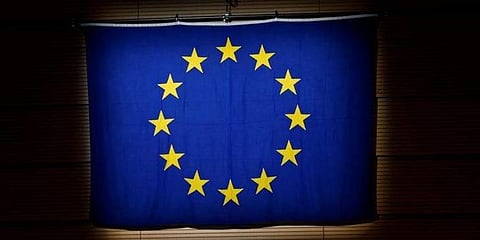

NEW DELHI: The European Commission has taken a step closer towards making mercury history in the European Union(EU). Today, the EU adopted the proposal for a revised mercury regulation in line with its commitment to ensuring a toxic-free environment under the European Green Deal and the Chemicals Strategy for Sustainability.
Mercury remains one of the most dangerous elements on Earth due to high toxicity in its all forms - inorganic, organic or elemental.
For decades, mercury was seen as useful for industry and the manufacture of certain products. But science and experience showed that mercury is highly toxic and can have a devastating impact on the environment and people’s neurological systems.
Under this revised mercury regulation, the EU will phase out from export of linear and non-linear fluorescent lamps.
The European Environmental Bureau (EEB) – a network of around 170 environmental citizens' organisations based in more than 35 countries – analysed the adopted revised mercury regulation by the EU.
The EU-27 will start phasing out exports of fluorescent lamps on 31 December 2025. The ban will help in phasing out 470 million lamps from being shipped between 2026 and 2035. Finally, the ban would eliminate 2.6 metric tonnes of mercury from the environment through lamps and avoid power station emissions.
EEB in its statement said that the way the EU protect its citizens from further exposure to Mercury, it should also protect communities and the environment in low-and middle-income countries from toxicity by banning the export of mercury-added products.
“This is a very important step from the EU, and we welcome it,” said Satish Sinha, Associate Director at Toxics Link, Associate member of the EEB and member of the Zero Mercury Working Group.
“The export bans, however, need to happen faster. With the lack of an effective and safe collection and recycling system for mercury-bearing lamps in the country, such imports from the EU represent a real menace to people’s health and the environment,” he further said.
The cremation of the dead is a significant source of the release of mercury into the atmosphere, with yearly emissions to air estimated at 1.6 tonnes in 2018. Besides, coal combustion plants are major emitters of mercury.
In dentistry, liquid mercury and metal alloy mixture is used to fill cavities caused by tooth decay. Around 1000 tonnes of mercury ‘walking’ around in peoples’ mouths in the EU, and whose big part ends up in the environment. The EU will phase out new dental amalgam, too. The recent trend shows that people in the EU are preferring mercury-free filling for dental amalgam.
Mercury contamination in India is reaching alarming levels largely due to the discharge of mercury-bearing industrial effluents ranging from 0.058 to 0.268 milligrams/litre (mg/l). This is several times more than the prescribed Indian and WHO standards of 0.001 mg/l (for drinking water) and 0.01 mg/l (for industrial effluents).